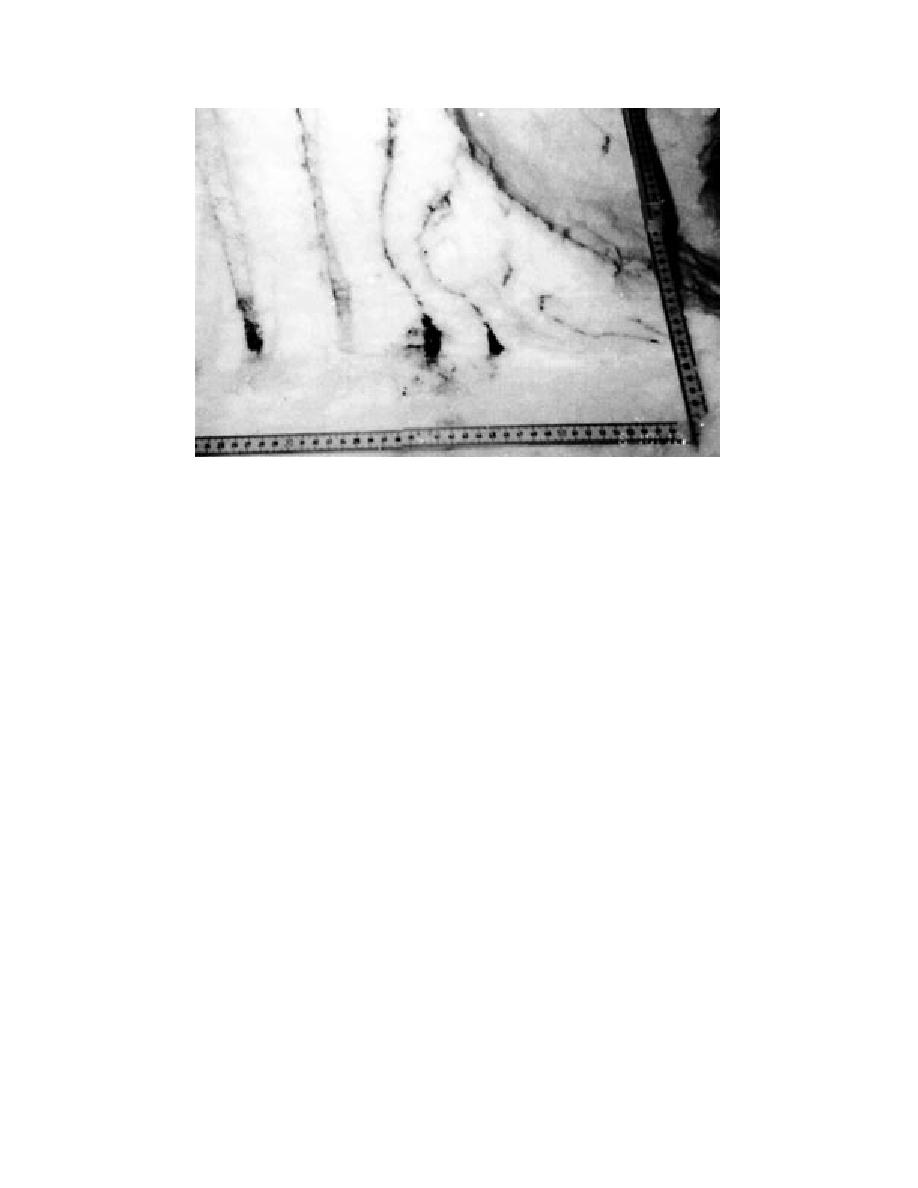
Figure B4. Deformation in direction of vehicle travel, same snow properties as in Figure B3f.
downward (see Fig. B3a, c and B4).
For the snow located to the side of the wheel, it appears that the forward
displacement component is smaller than the perpendicular displacement, since the
chalk at further distances from the centerline has little forward displacement
compared to chalk near the wheel (Fig. B3d). This may occur as the full load on the
wheel is transferred to the snow, causing additional plastic deformation in the
direction perpendicular to the wheel. Maximum deformation seems to occur at or
slightly below the bottom of the rut. Additionally, there appears to be little
displacement of the snow near the surface compared to snow deeper in the snow
cover. This suggests that the strength of the snow lower in the snowpack is more
important in resistance calculations.
As wheel sinkage approaches the radius of the wheel, the forward part of the
wheel acts more as a bulldozer than a compactor (as in the case of relatively shallow
snow) and deformation (both forward and perpendicular) is higher in the snow pack
(compare Fig. B3b and c). This is also observed in Figures B4 and B5 for snow
deformation in front of the wheel. In shallow snow the deformation area does not
extend beyond the leading edge of the tire (Fig. B5), while for deeper snow it does
(Fig. B4). This effect can be illustrated by examining the velocity vector components
of a rigid, non-slipping wheel. Figure B6 shows the forward, vertical and resultant
vectors. One can see how the forward component is reduced as one moves along the
tire surface towards the supporting surface.
Most of the experiments were done in relatively low-density snow. When the
snow had a higher density, greater deformation was observed (compare Fig. B3b
and c). This agrees with observations of soil compaction and suggests that there may
be a controlling density (maximum packing density without significant crystal
deformation). Recent analysis by Shapiro et al. (in prep.) suggests that intergranular
bonding (between snow crystals) is more important than previously suspected, and
will greatly control this type of displacement. There is currently no proven method
of measuring bond strength and density remains the primary field index of snow
31



 Previous Page
Previous Page
